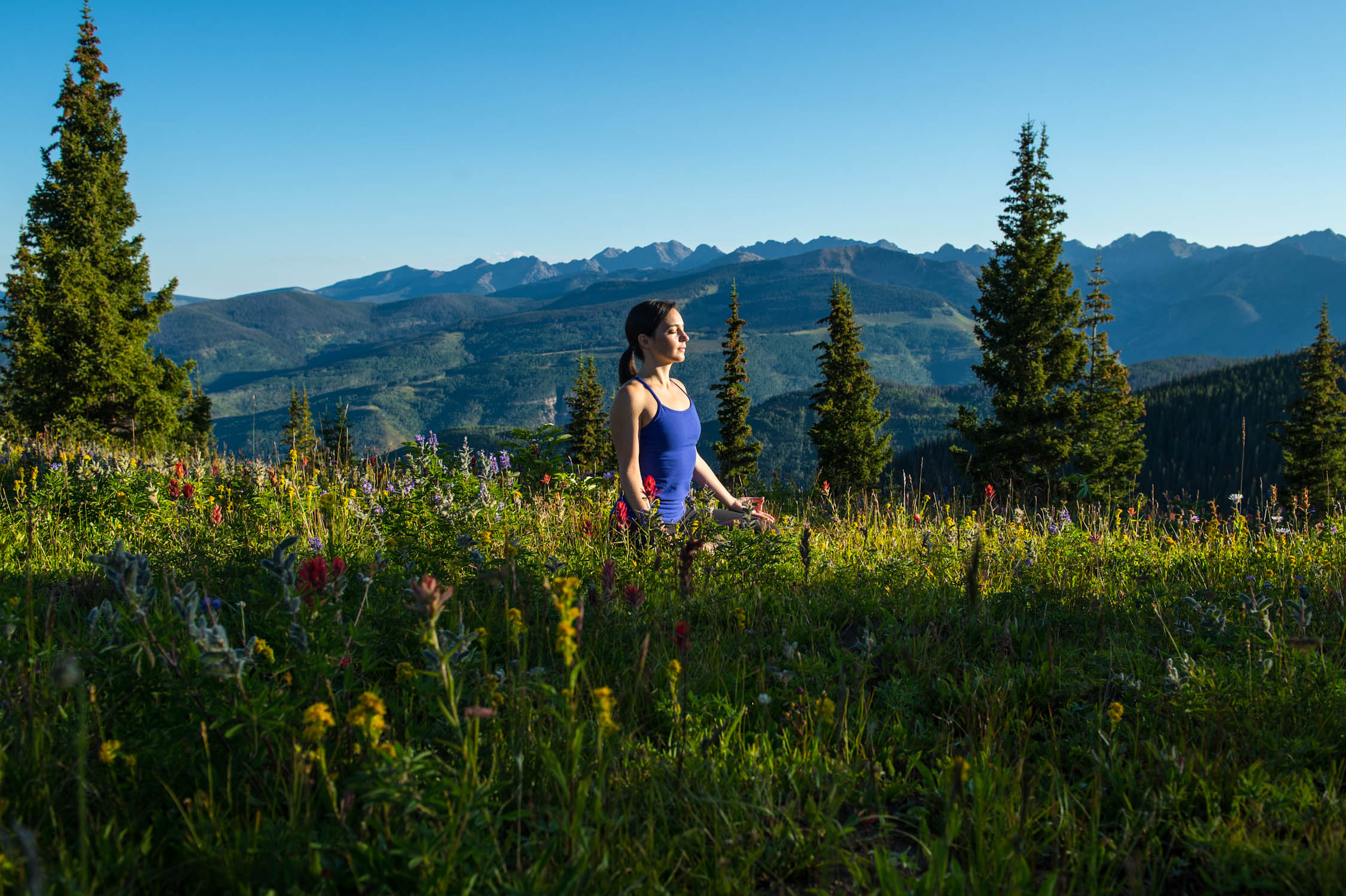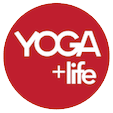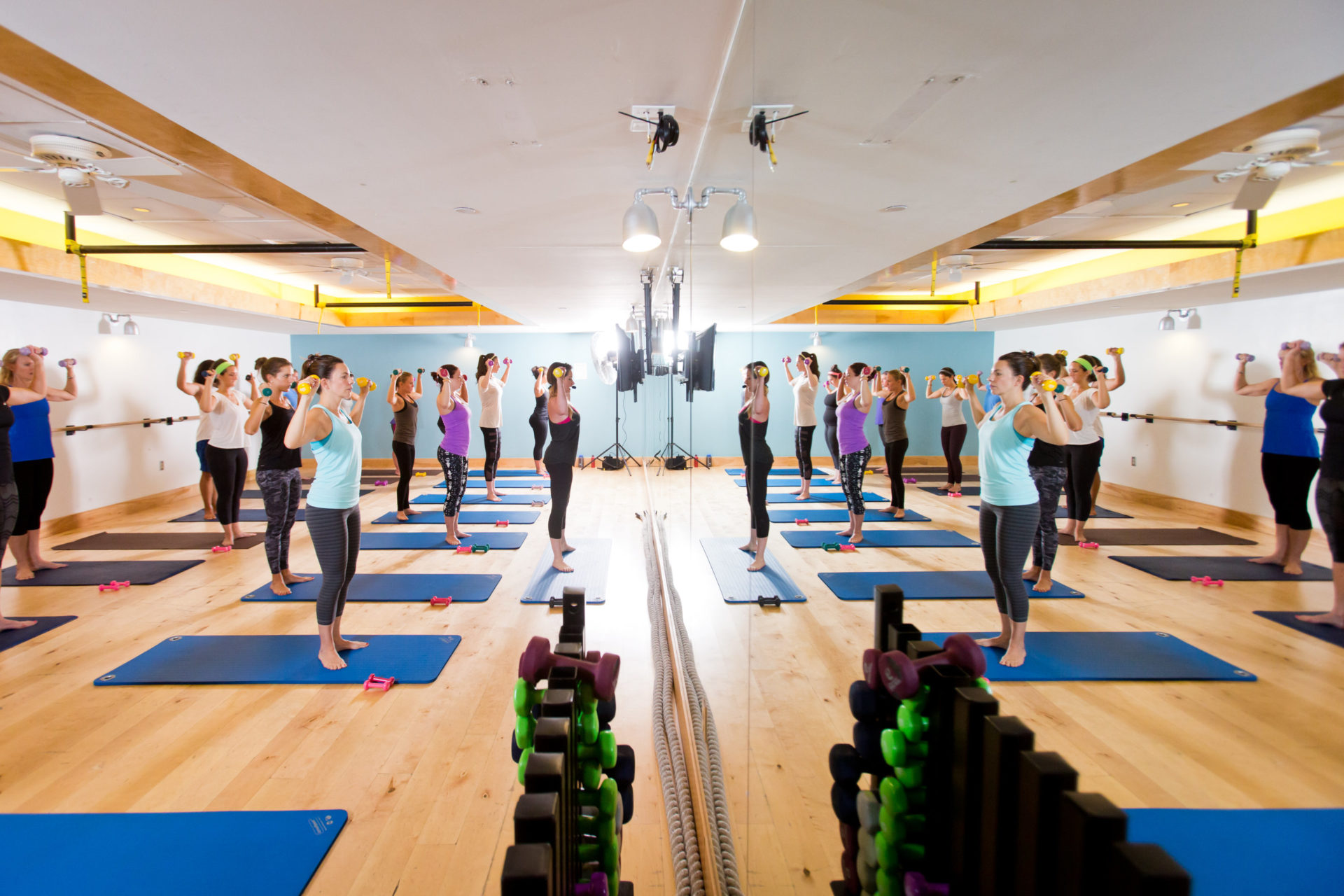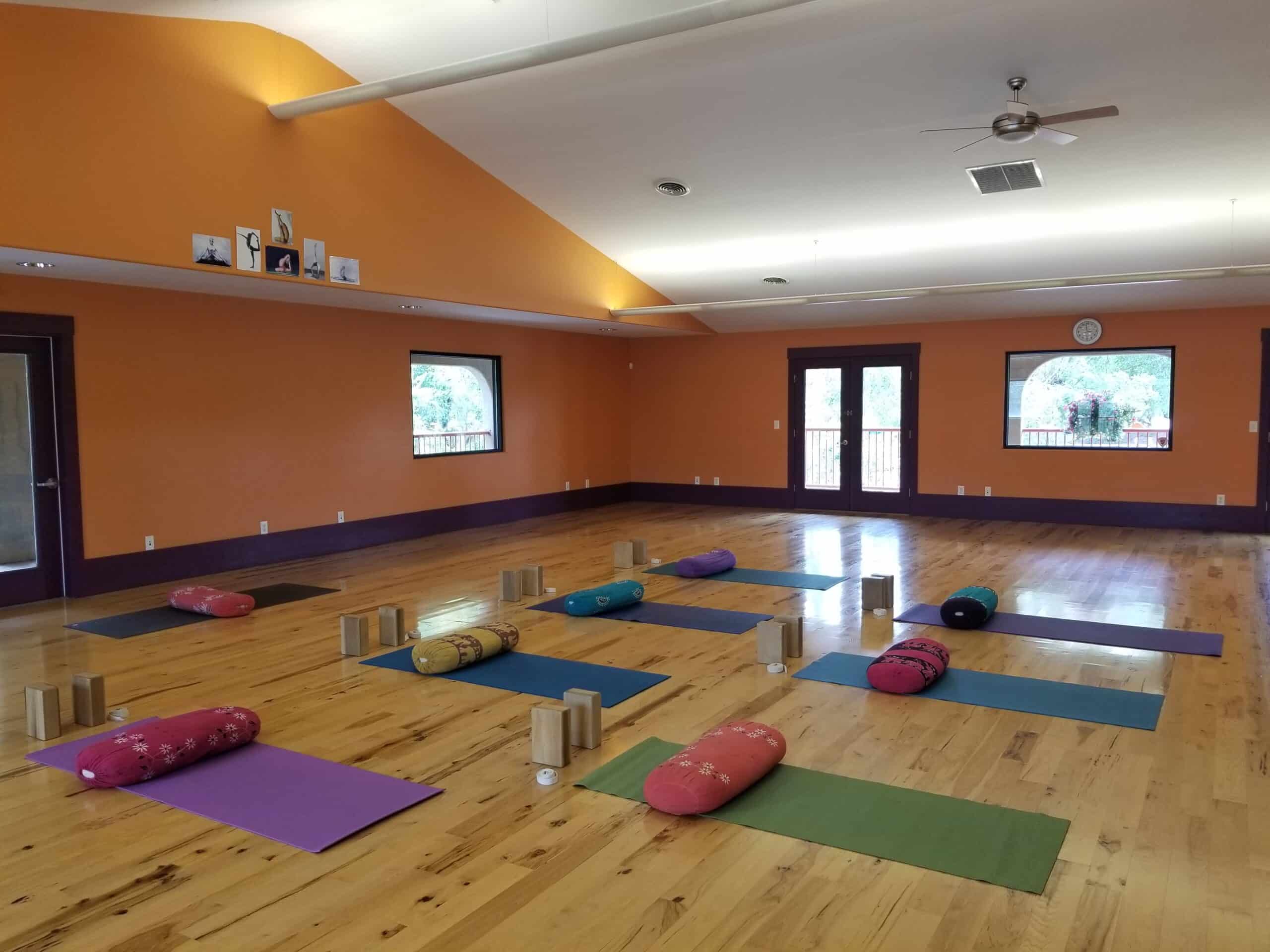How Indoor Fitness Can Keep You Healthy Outdoors | By Angela Muzic
We love the great outdoors in Colorado! The outdoor lifestyle improves physical and mental health exponentially — we don’t need a scientist to prove it. But what happens when the aches and pains in our bodies from overuse patterns start to break our bodies down?
Overuse Syndrome (OS) is a condition that can occur when repetitive patters of movement — such as running, hiking, biking, golfing, skiing, snowboarding, fly fishing, rafting and climbing — cause imbalances in the musculoskeletal systems, leading to injuries or limitations in movement and ultimately, setbacks. Whether you are a professional athlete or an outdoor enthusiast, almost all of us suffer from these imbalances. Unfortunately, by the time we begin to feel pain or stiffness from these patterns, it is often too late. A low-level setback like a sprain or strain will not only keep us out of the game for some time, but can lead to something more complex in the realm of wear and tear including surgical repair.
Prevention is necessary and prevention is maintenance. We have to be consistent with awareness of overuse and become educated in how to correct our bodies.
One very effective way to prevent OS is to hire a health professional such as a physical therapist, personal strength coach or private Pilates instructor to help identify your overuse patterns and prescribe corrective exercises to help balance the body out. Our health is, arguably, our most valuable asset. When you head outdoors, your core values are leading you there for experience to improve your health, whether mentally, physically or both. If you head outside without a plan, you are risking overusing your body. Making time indoors, at the gym, studio or clinic will extend your ability to move your body efficiently. How reliable would your car run if you skipped basic maintenance appointments? Maintenance of the body, under the supervision of a credentialed professional, will absolutely increase your performance and longevity.
Here are a few example exercises and stretches that can aid in injury prevention. Always consult with your physician before attempting any new exercise or exercise program.
PLANKS
Planks are the king of core stabilization. Core stability is essential for spinal health and involves every muscle in the core at once — without moving!
Set up: Start on your hands and knees, make two fists and place your forearms parallel on the ground. Stretch your legs straight back and lift your knees off the ground about shoulder width apart. Imagine a zipper inside your body behind your belly button – like a tight pair of jeans — and zip up and brace your trunk.
Movement: Hold for 30 to 90 seconds, one to three times. Beginners can modify by gently setting their knees back to the floor.
BRIDGES
Bridges activate hamstring and glute muscle groups as well as help you feel connection to your core and spine. Bridges help protect the knees and lumbar spine and balance the pelvic structure.
Set up: Lie on your back with your knees bent and your feet flat on the floor about shoulder width apart, arms straight by your sides.
Movement: Elevate your hips up toward the ceiling and back to the floor. Squeeze your cheeks as you lift. Repeat three sets of 10 reps.
SQUATS
Squats are the movement most functional to the lower body. Squats keep the lower body healthy in both mobility and strength.
Set up: Stand with your feet slightly wider than the frame of your body.
Movement: Drop your seat, as if you were sitting back and down into a chair. Keep most of your body weight in your heels. Push your body back up to standing, pressing through your heels and squeezing your backside all the way up. Be sure to keep your knees slightly behind your toes.
90/90 HIP FLEXOR STRETCH
This stretch helps keep the upper and lower body balanced and pain free.
Set up: Kneel on the floor or a cushy mat with the body in an upright position. Put one of your legs in front with your foot flat on the floor or mat so that both knees are forming right angles.
Movement: Engage or “squeeze” the glutes of the leg that is in front, keeping the torso upright.
As a strength coach and Pilates instructor, I check in with my coaches regularly to assess my imbalances and help me stay injury free. A trained professional’s eye on your body is a very valuable tool to stay outside! outdoors
Photos courtesy of Angela Muzic.
Originally published in the Summer + Fall 2019 issue.
 Angela Muzic is the founder and creator of Barre Rhythm Fitness. Barre Rhythm is a fusion of her two main disciplines; strength and conditioning and Pilates. Angela has been involved in athletics since the age of six and has been a professional, certified coach since 2003. Angela has developed programming for professional athletes, outdoor enthusiasts, kids, seniors and general population. She has worked in conjunction with physical therapists, chiropractors and orthopedic experts. Her core values in the wellness world are balancing movement, mindset, nutrition and recovery. www.barrerhythm.com
Angela Muzic is the founder and creator of Barre Rhythm Fitness. Barre Rhythm is a fusion of her two main disciplines; strength and conditioning and Pilates. Angela has been involved in athletics since the age of six and has been a professional, certified coach since 2003. Angela has developed programming for professional athletes, outdoor enthusiasts, kids, seniors and general population. She has worked in conjunction with physical therapists, chiropractors and orthopedic experts. Her core values in the wellness world are balancing movement, mindset, nutrition and recovery. www.barrerhythm.comIMBODHI products are top-notch. Soft to the touch, hand-sewn and made of sustainably sourced fabrics. With a [...]

Subscribe to Our Tribe
Stay up to date with Y+L News, Events and special announcements.










